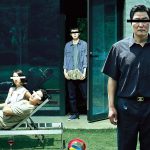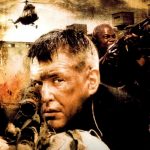🎬 The Way of the Dragon: Bruce Lee’s Martial Arts Mastery and Iconic Legacy (1972)
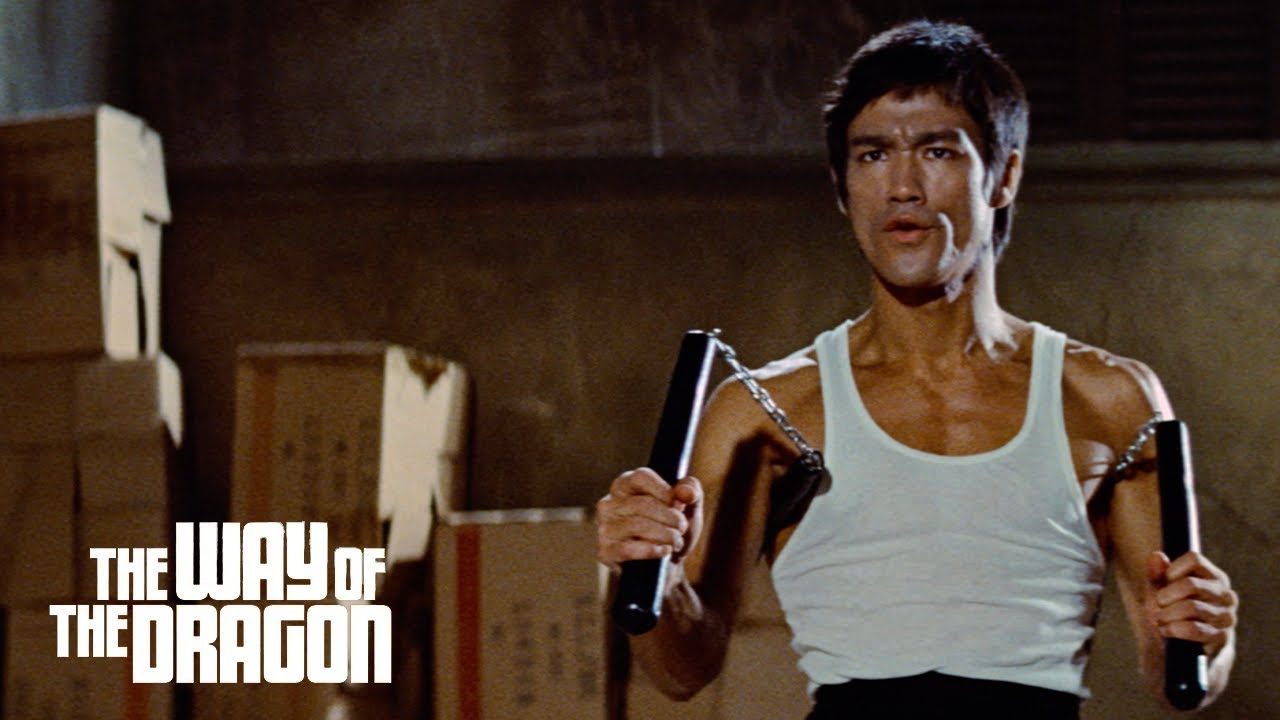
The Way of the Dragon (also known as Return of the Dragon in the U.S.) is a martial arts action classic directed by and starring Bruce Lee. Set against the vibrant backdrop of Rome, the film showcases Bruce Lee not only as an actor and martial artist but also as a visionary director, blending action, humor, and an East-meets-West story that resonated across cultures. Known for its iconic showdown between Lee and Chuck Norris in the Colosseum, The Way of the Dragon is celebrated for its action choreography, memorable fight scenes, and the charisma that solidified Bruce Lee’s legendary status in martial arts cinema.
🐉 Plot Overview: A Hero Abroad in a Fight to Protect
The story follows Tang Lung (Bruce Lee), a martial artist from Hong Kong, who travels to Rome to help his relatives protect their struggling Chinese restaurant from a local crime syndicate. Tang’s unfamiliarity with Western customs creates humorous cultural misunderstandings, but when he sees that his family is threatened, his focus shifts to protecting them at all costs. After Tang dispatches several henchmen, the mob boss hires a team of international martial artists, including Colt (Chuck Norris), an American karate champion, to defeat him.
Tang’s battles culminate in a legendary showdown with Colt in the Roman Colosseum, where the two martial artists face off in a raw, intense fight that tests their skill, endurance, and honor. Through his journey, Tang demonstrates the importance of respect, loyalty, and self-discipline, embodying the principles of martial arts and showcasing his unique philosophy on fighting.
🎭 Standout Performances and Charismatic Characters
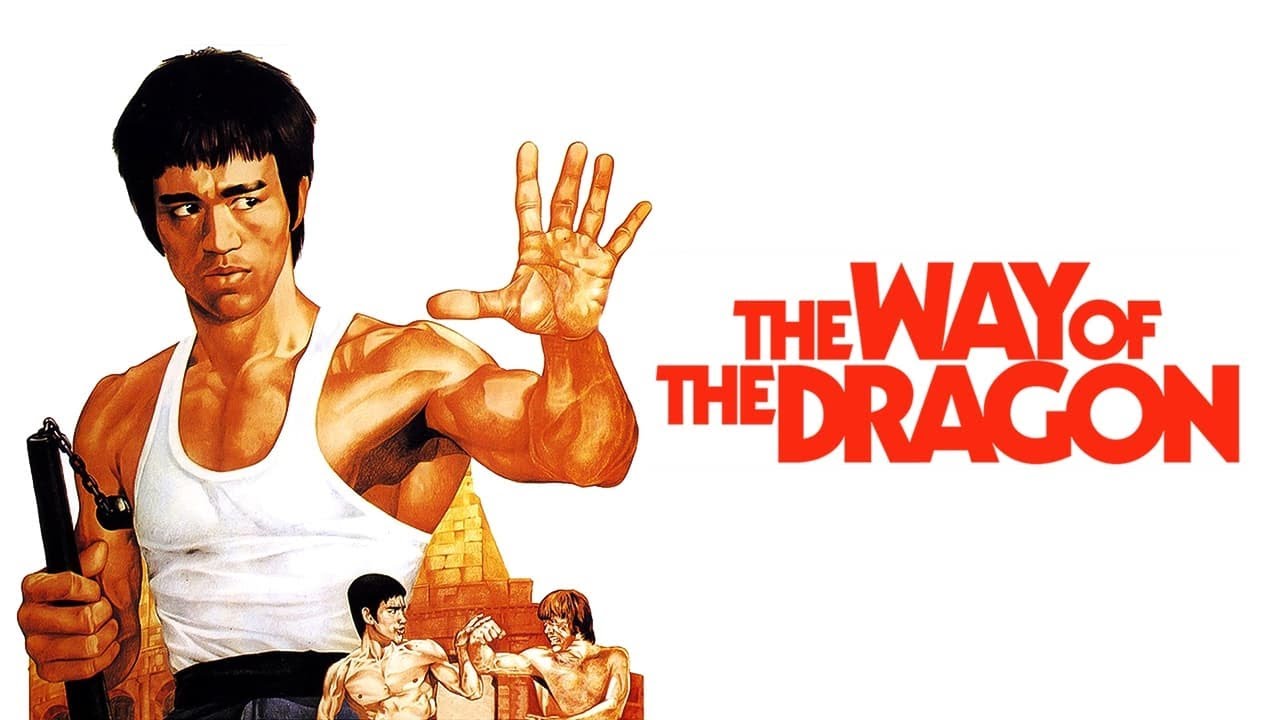
- Bruce Lee as Tang Lung: Lee’s performance as Tang combines humor, humility, and an undeniable intensity. His portrayal brings authenticity to the character, capturing Tang’s simplicity and cultural pride while also showcasing his confidence and skill as a fighter. Lee’s natural charisma and magnetic screen presence make Tang an iconic character who resonates with audiences worldwide.
- Chuck Norris as Colt: Norris delivers a powerful performance as Colt, the American martial artist hired to challenge Tang. With minimal dialogue, Norris portrays Colt as a formidable and respectful opponent, his focused demeanor setting the stage for one of the most iconic fight scenes in martial arts cinema. The mutual respect between Tang and Colt makes their battle a symbolic meeting of Eastern and Western fighting styles.
- Supporting Cast: The film features an ensemble of memorable characters, from Tang’s relatives, who struggle to keep their restaurant afloat, to a mix of comedic and intimidating henchmen. Their roles add depth to the story, highlighting themes of family, cultural pride, and resilience.
🥋 Iconic Fight Scenes and Groundbreaking Choreography
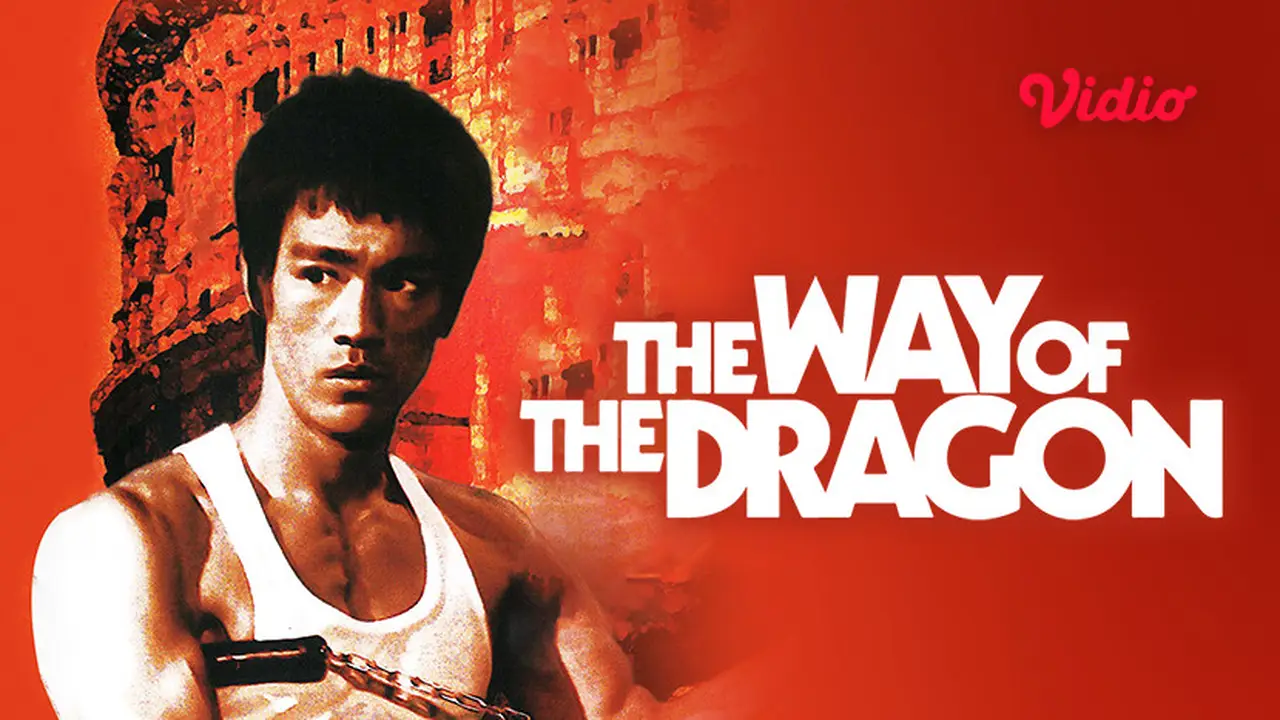
The Way of the Dragon is celebrated for its action choreography, especially Lee’s distinctive fighting style, which combines traditional kung fu with elements of boxing and street combat. Lee’s innovative choreography is fast-paced, fluid, and highly realistic, bringing martial arts to life with an unprecedented level of energy and authenticity. The action sequences are choreographed to showcase Lee’s physical prowess, speed, and precision, making each fight memorable and unique.
The highlight of the film is the climactic fight between Tang and Colt in the Colosseum. This sequence, widely regarded as one of the greatest in martial arts cinema, emphasizes not only physical skill but also respect and honor between fighters. The quiet, almost reverential atmosphere in the Colosseum enhances the intensity, turning the fight into a duel of skill and spirit that remains a gold standard for martial arts choreography.
💡 Themes of Cultural Identity, Respect, and Self-Discipline
The Way of the Dragon explores themes of cultural pride and the clash of Eastern and Western values. Tang represents the strength and resilience of his heritage, confronting local gangsters and international fighters while staying true to his principles. Through Tang’s journey, Lee emphasizes respect for one’s opponents, self-discipline, and the importance of standing up for family and community.

The film also delves into the concept of martial arts as a philosophy rather than mere combat. Tang’s reluctance to fight unless provoked reflects his belief in martial arts as a path to self-mastery and protection rather than aggression. His battle with Colt serves as a metaphor for mutual respect, as the two warriors acknowledge each other’s strength even in defeat.
🎬 Film Details:
- Title: The Way of the Dragon (also Return of the Dragon in the U.S.)
- Director: Bruce Lee
- Release Date: December 30, 1972 (Hong Kong)
- Cast: Bruce Lee, Nora Miao, Chuck Norris, Hwang In-Shik, Robert Wall
- Genre: Martial Arts, Action
- Runtime: 1h 40m
- Notable Aspects: Iconic fight scenes, Bruce Lee’s direction, blend of humor and action, East-meets-West cultural themes
🏆 Final Verdict: A Classic Martial Arts Film That Redefined the Genre
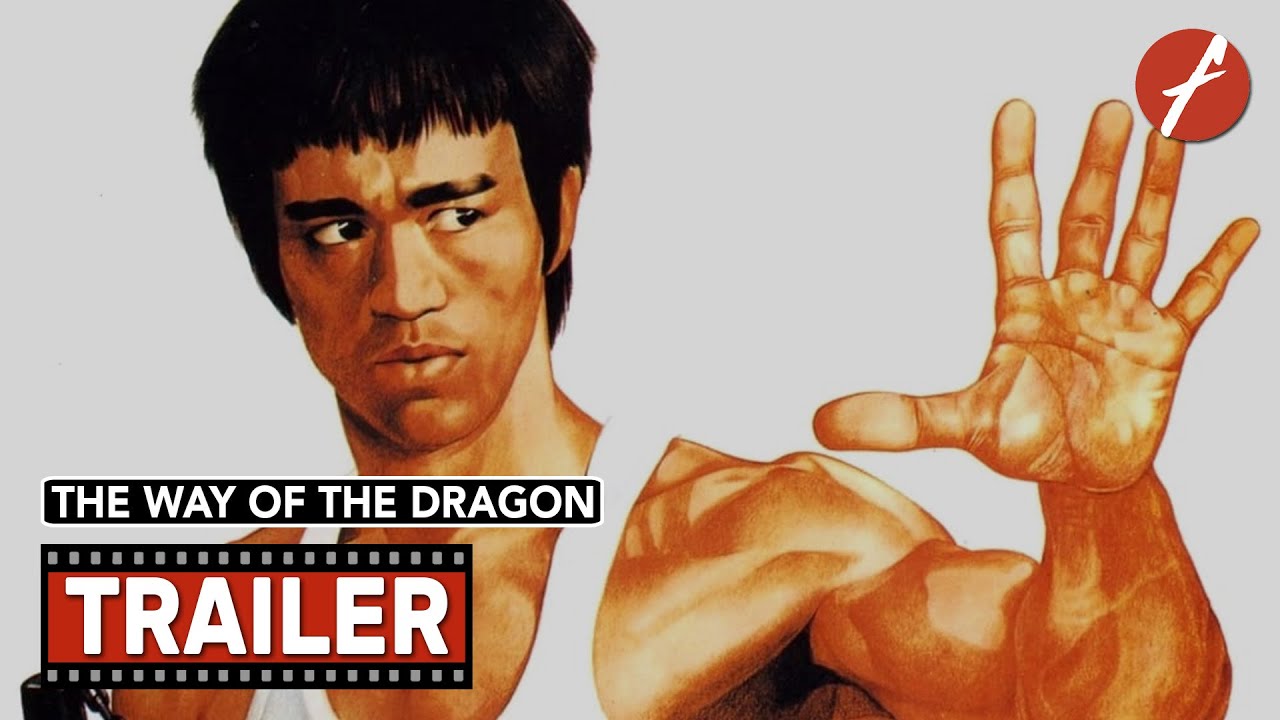
The Way of the Dragon is a masterful blend of martial arts, humor, and cultural commentary that showcases Bruce Lee’s talents not only as a fighter but as a filmmaker with a unique vision. The film’s unforgettable Colosseum battle, Lee’s charismatic performance, and the thoughtful exploration of cultural pride and martial arts philosophy make it an essential watch for fans of action and martial arts cinema. The Way of the Dragon remains a timeless piece that has inspired countless films and martial artists, cementing Bruce Lee’s legacy as a pioneer and legend in the world of martial arts.





